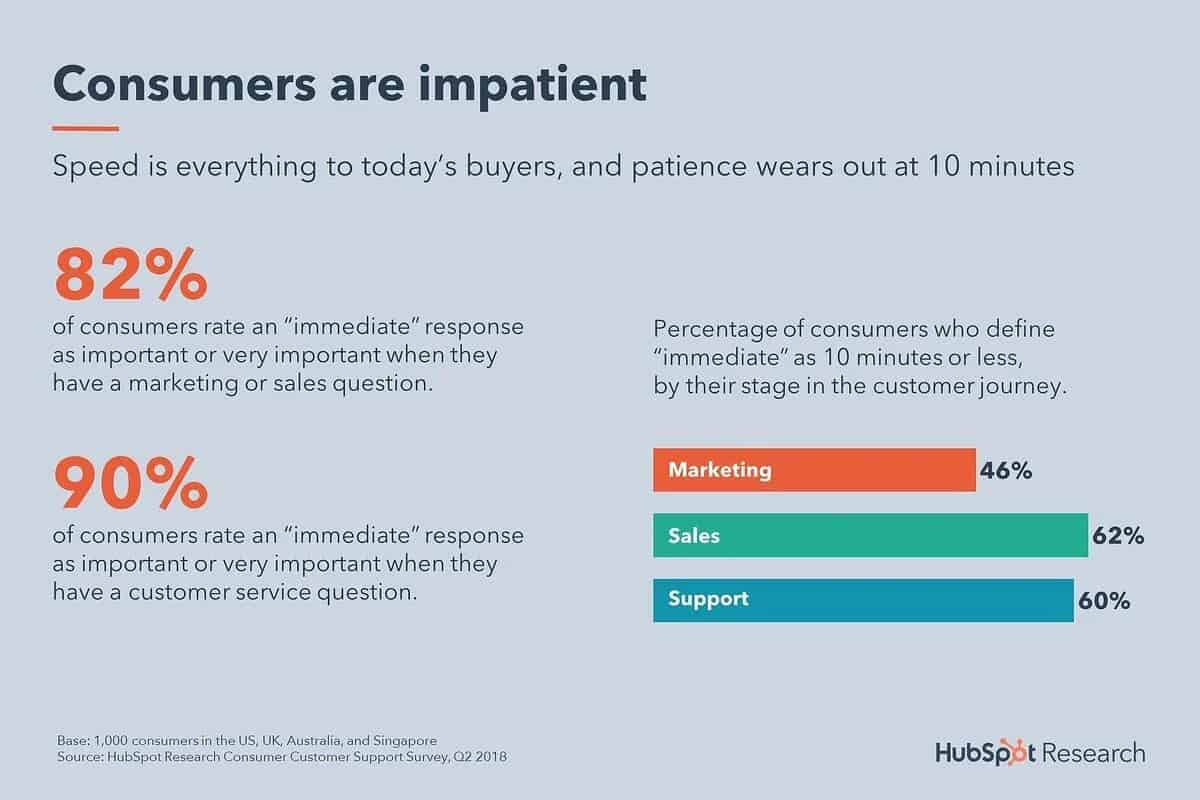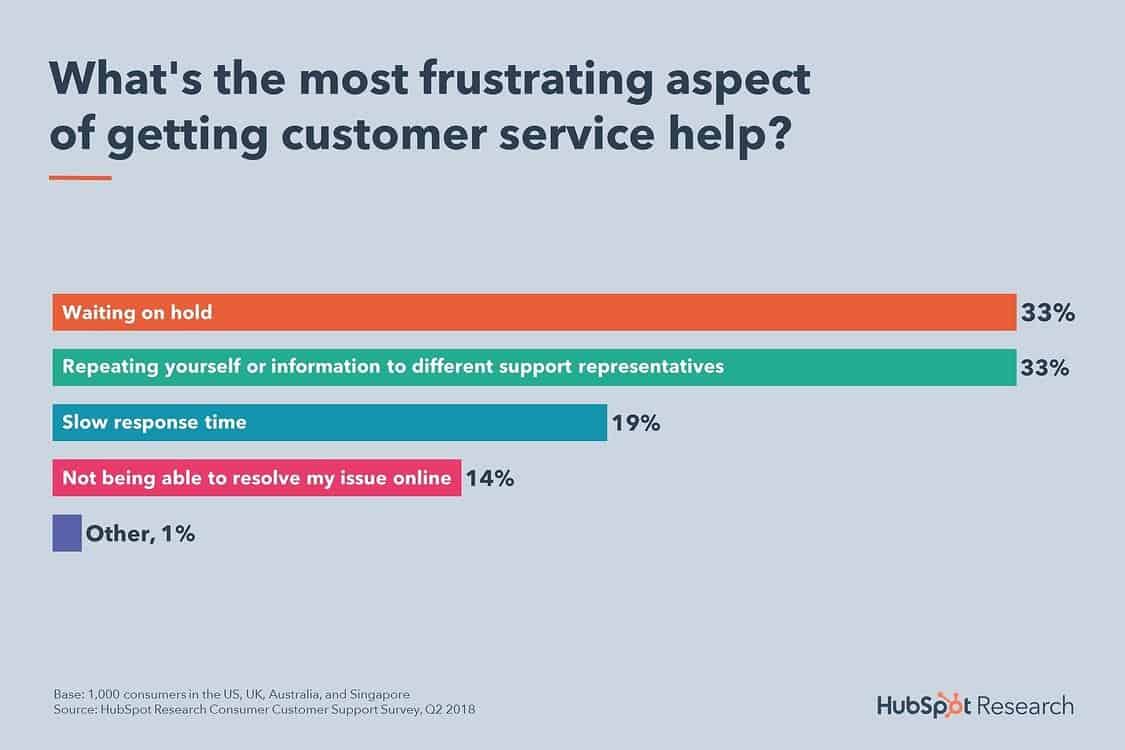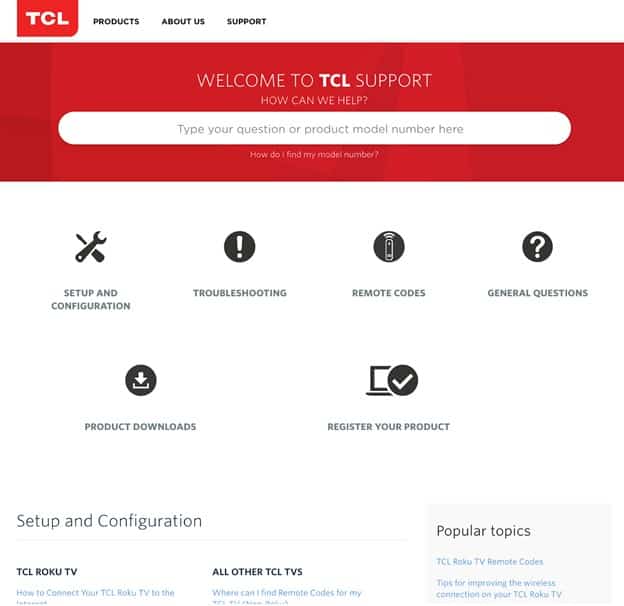Do you enjoy being kept on hold over the phone while a company’s tech support team assists users who called before you? Or, do you like waiting for a customer service rep that’s new on the job to scour for information related to your query?
Of course not. In today’s fast-paced, digitally-connected world, the vast majority of consumers just don’t have the patience to wait for answers to their doubts. When you want an answer, you want it right away.


As you can see, waiting on hold and slow service response time is super frustrating, while patience wears out at 10 minutes or less.
Clearly, providing near-instant customer service is the need of the hour for companies big and small. And the larger your SaaS company’s user base grows, the more difficult it will become to provide immediate, one-to-one support on a consistent basis.
Enter customer self-service — users helping themselves — with the help of a knowledge base.
What is a knowledge base?
In essence, a knowledge base is a self-service centralized repository or library used to store easily retrievable information about your company, product/service, or related topics.
When used externally, a knowledge base is a go-to resource for your users to learn anything they want about your company, its products/services, and the industry as a whole. For instance, your external knowledge base can include FAQs, how-to articles, and product guides meant for instant self-help.

Whereas an internal knowledge base (only accessible to employees) enables your workforce to collaborate and distribute all company knowledge and information internally.
For example, your internal knowledge base can include coding best practices for developers, content creation guidelines/templates for marketers, onboarding material for new hires, company policies, and so on.
So why exactly is it crucial to have an active knowledge base for your SaaS business?
Benefits of building an active knowledge base
While having a strong knowledge base is important for any business, it is especially significant for SaaS businesses, as you need to keep your existing users happy and minimize churn.
Let’s take a look at some of the concrete benefits of a knowledge base by focusing on both the client’s and company’s sides of the equation.
External knowledge base benefits for users
Here are three ways a knowledge base is valuable to your company from the end-users’ point of view.
Improves customer experience

As already touched upon, with a well-structured knowledge base, you can provide almost instant support and comprehensive answers to your users’ most commonly asked questions.
A user-friendly and searchable knowledge base essentially allows users to dig up information and solve issues on their terms, rather than the company’s. There’s no case of submitting countless tickets to the help desk or waiting for the next available representative. This reduction in customer service time when trying to resolve any issue directly results in improved customer experience and thus, retention.
Lowers customer support costs
Whether you’re a budding startup or an established SaaS business, you’d want to minimize your spending on customer support without cutting any corners on the quality of support.
Using an external knowledge base, you can provide an outstanding user experience while cutting down costs associated with maintaining an extensive customer support team.
An extensive knowledge base — complete with FAQs, product documentation, feature updates, getting started guides, and step-by-step tutorials — lowers the number of support tickets your staff has to handle, so you can get by with a smaller support team.
Plus, by allowing customers to find solutions themselves, you give your support team the bandwidth to handle more complex customer issues, thus getting the most ROI on your support team.
Facilitates content marketing

You can use your knowledge base content as a marketing tool to better connect with potential leads, current users, and website visitors. The more comprehensive your knowledge base is, the better the search engine crawlers are able to understand and rank your website.
Having employees from different teams to publish blog posts, how-to guides, tutorials, and other educational content will help your online marketing efforts and boost your brand’s online authority.
For instance, your customer support team can publish an FAQ post. Your software team can demonstrate expertise by publishing how-to articles on technical subjects. All this helps in boosting your online presence on search engines like Google and showcasing your startup’s thought leadership.
Internal knowledge base benefits for employees
While building an active knowledge base is a surefire way to improve customer experience by enabling self-service, what most companies don’t realize is that a knowledge base can also be used for drastically optimizing internal operations.
Here are three ways a knowledge base is valuable to your company from the employees’ perspective.
Increases employee productivity

Building an internal knowledge base helps centralize all your company information and useful resources for employees in one convenient location.
Let’s say one of your employees has a question regarding company policy or some design-related best practices. Sure, they can ask their colleague for answers, but in doing so, they both get distracted from the actual work they were doing.
And it takes a lot of time for you to focus back on the initial task once you’re distracted (23 minutes and 15 seconds, to be exact). Such wasted time can be avoided, however, if your employees can find answers simply by entering a search query in your internal knowledge base. This results in better productivity levels for both.
Reduces onboarding costs and time
Employee onboarding can be time-consuming and costly. Even if you use an employee onboarding software to automate the process, employees likely still need to communicate with colleagues and supervisors to gain the knowledge necessary for them to start working efficiently.
If all of that knowledge can be found in your company’s internal knowledge base, then they can get to work quickly and more efficiently without wasting their own or others’ time.
Suppose you hire a new software developer and they complete their onboarding process. All the necessary accounts are created for them and they are given an intro on the coding guidelines that they must follow.
But when they sit on their desk, the initial onboarding excitement wears off and they realize they have forgotten most of the guidelines.
Rather than panicking, trying to remember, or wasting other employee’s time by asking for another round of explanation, they can log-in to the company’s knowledge base repository and search for guidelines themselves.
This serves to reduce the overall onboarding time and associated costs. Thus, an internal knowledge base will also help new employees get up to speed more quickly while streamlining internal workflows.
Facilitates team collaboration

With an internal knowledge base, you can encourage collaboration from employees in different teams. This way, everyone in your company feels more involved and can engage with each other’s work.
For example, one of your sales reps writes a post about handling tough negotiations with leads. A new sales rep who joined the team recently reads the article and finds it useful, so they can give the article a “kudos”. Another, more experienced rep, notices two key pointers were missing and feels the team needs to know about it, so he/she drops a comment with suggestions and the author adds it. This way, your employees are bonding, learning, and growing together.
Using a knowledge base software, you can have such social features in your knowledge base and enable employees to add their insights. You can even have templates for employees so they can quickly contribute content.
By allowing employees to create and engage with the knowledge base content, you’ll build a close-knit community that helps in the professional growth for everyone on the team.
Conclusion
Building and maintaining a knowledge base requires considerable investments in terms of time and effort, but as you can see, it’s having one is essential. A well-designed, up-to-date, and customer-centric knowledge base plays a huge role in improving customer experience and reducing customer churn. For SaaS teams looking to streamline internal knowledge sharing and enhance productivity, platforms like Village Labs offer AI-powered solutions that turn scattered information into organized, accessible insights.
Simply put, having a solid knowledge base, both internal and external, is all about empowering your users and your employees, thus making them happier and more efficient. So if you haven’t already, consider investing in a knowledge base for your SaaS business right away.
